Table of content
Jackfruit, known as the “king of fruits,” is celebrated worldwide for its sweet, aromatic flesh and versatile culinary applications. However, few realize that the seeds nestled within this tropical giant are equally valuable. Bursting with nutrients and offering a unique culinary experience, jackfruit seeds can transform simple meals into nutritious delights. This article explores the art of preparing, cooking, and savoring these often-overlooked gems, ensuring you unlock their full potential.
Nutritional Powerhouses
Before diving into preparation methods, it’s essential to understand why jackfruit seeds deserve a spot in your diet. A 100-gram serving of raw seeds provides approximately:
- 135 calories
- 7 grams of protein (making them a rare plant-based protein source)
- 5 grams of fiber
- Rich in B-complex vitamins (such as thiamine and riboflavin)
- Minerals like magnesium, potassium, and iron
Their low glycemic index and high fiber content make them ideal for blood sugar management, while antioxidants like saponins combat inflammation. For vegetarians and vegans, the protein boost is a game-changer.
Harvesting and Cleaning
Jackfruit seeds are enclosed in a sticky, white latex coating. To harvest them:
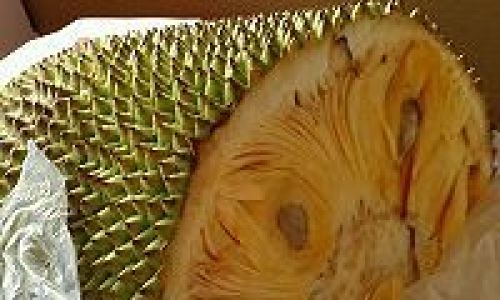
- Extract carefully: After slicing open a ripe jackfruit, remove the yellow pods (arils) that house the seeds.
- Separate the seeds: Gently pry the seeds from the arils, ensuring no flesh remains.
- Clean thoroughly: Rinse seeds under cold water, scrubbing off latex with a soft brush. Pat dry.
Pro Tip: Wear gloves during extraction to avoid sticky residue on hands.
Preparation Methods
Boiling: The Classic Approach
Boiling softens the seeds, creating a texture reminiscent of chestnuts or potatoes.
- Steps:
- Place cleaned seeds in a pot.
- Cover with water (add a pinch of salt for flavor).
- Boil for 25–30 minutes until tender.
- Drain and cool.
Serving Ideas:
- Slice and toss into salads with cherry tomatoes and cucumber.
- Mash with garlic, lemon juice, and olive oil for a dip.
- Roast briefly in a pan with chili flakes for a crispy snack.
Roasting: For Crunchy Perfection
Roasting enhances the seeds’ natural nutty flavor.
- Steps:
- Preheat oven to 400°F (200°C).
- Toss boiled seeds with olive oil, salt, and spices (paprika, cumin, or turmeric).
- Spread on a baking sheet and roast for 15–20 minutes, shaking occasionally.
Variations:
- Spicy Mix: Add cayenne pepper and garlic powder.
- Sweet Twist: Toss with honey and cinnamon post-roasting.
Frying: A Quick Indulgence
Fried seeds develop a crispy exterior, perfect for munching.
- Steps:
- Heat coconut oil in a pan.
- Add boiled seeds and fry until golden (5–7 minutes).
- Drain on paper towels and sprinkle with salt.
Caution: Overcrowding the pan may cause uneven cooking.
Pressure Cooking: Time-Efficient Option
For busy cooks, pressure cooking retains nutrients while slashing prep time.
- Steps:
- Add seeds and 1 cup water to a pressure cooker.
- Cook on high for 8–10 minutes.
- Release steam naturally before opening.
Culinary Applications
Jackfruit seeds’ mild, starchy profile makes them a chameleon in global cuisines.
Curries and Stews
In Indian and Sri Lankan kitchens, seeds are simmered in coconut-based curries.
- Recipe Idea:
- Sauté onions, tomatoes, and spices (curry leaves, mustard seeds).
- Add boiled seeds and coconut milk; simmer for 20 minutes.
- Serve with rice or roti.
Flour Production
Ground into flour, jackfruit seeds offer a gluten-free alternative.
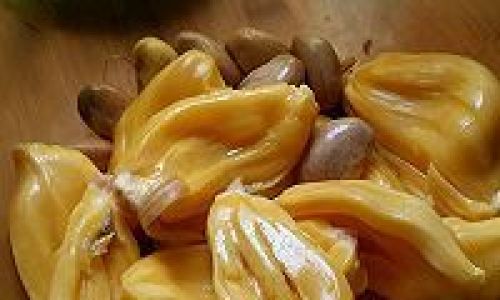
- Steps:
- Dry-roast seeds until crisp.
- Blend into a fine powder.
- Use in pancakes, bread, or as a thickener for soups.
Pro Tip: Mix with almond flour for lighter baked goods.
Desserts
In Southeast Asia, seeds are candied or incorporated into traditional sweets.
- Recipe Idea:
- Boil seeds in syrup (sugar, water, cardamom) until glossy.
- Cool and coat in sesame seeds for a decadent treat.
Storage and Shelf Life
- Fresh: Store cleaned seeds in an airtight container in the fridge for up to 5 days.
- Dried: Dehydrate seeds at 140°F (60°C) for 12 hours; store in a cool, dark place for 6 months.
- Frozen: Blanch seeds before freezing; they’ll last 8–10 months.
Safety and Precautions
While jackfruit seeds are safe for most, consider:
- Cooking Thoroughly: Raw seeds contain trypsin inhibitors, which can cause digestive discomfort. Boiling or roasting neutralizes these.
- Allergies: Those with latex or birch pollen allergies may react; test a small amount first.
- Portion Control: Despite their benefits, seeds are calorie-dense. Limit to ½ cup per serving.
Cultural Significance
Jackfruit seeds have long been revered in tropical regions:
- India: Used in Ayurvedic medicine to boost immunity.
- Brazil: Ground into flour for pão de jaca (jackfruit bread).
- Philippines: Roasted and sold as street food.
Sustainability Angle
By utilizing seeds, you reduce food waste and promote sustainability. A single jackfruit can yield 100–500 seeds, offering a free, nutrient-rich resource.
Frequently Asked Questions
Q: Can dogs eat jackfruit seeds?
A: No. The seeds are a choking hazard and may cause intestinal blockages.
Q: Do jackfruit seeds taste like the fruit?
A: No. The seeds have a neutral, starchy flavor, unlike the fruit’s sweetness.
Q: Can I eat the seed coat?
A: The thin, brown coat is edible but fibrous. Peel it off for a smoother texture.
Conclusion
Jackfruit seeds are a testament to nature’s ingenuity—a byproduct transformed into a culinary treasure. Whether boiled, roasted, or ground into flour, these seeds offer a gateway to sustainable eating and creative cooking. Embrace their versatility, and you’ll discover a humble ingredient capable of elevating dishes from mundane to magnificent. So next time you encounter a jackfruit, save those seeds—your taste buds and body will thank you.


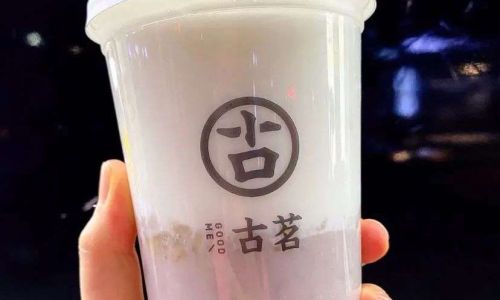
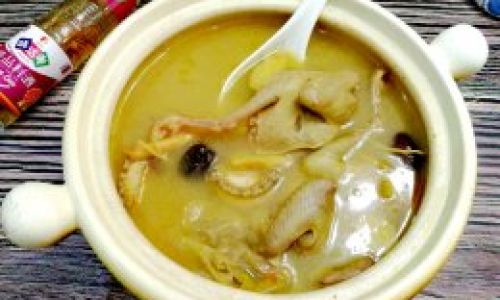
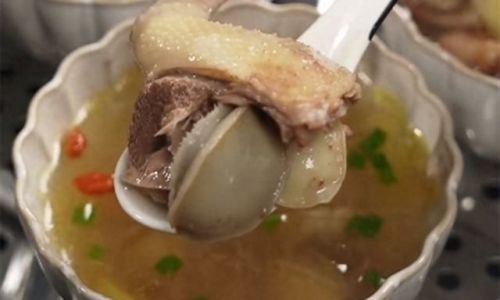
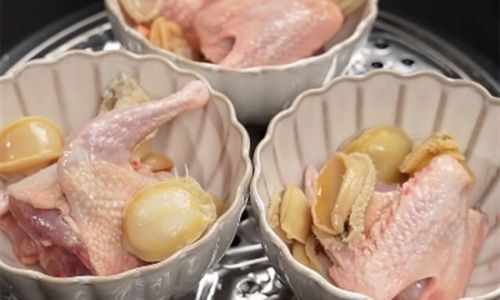
0 comments